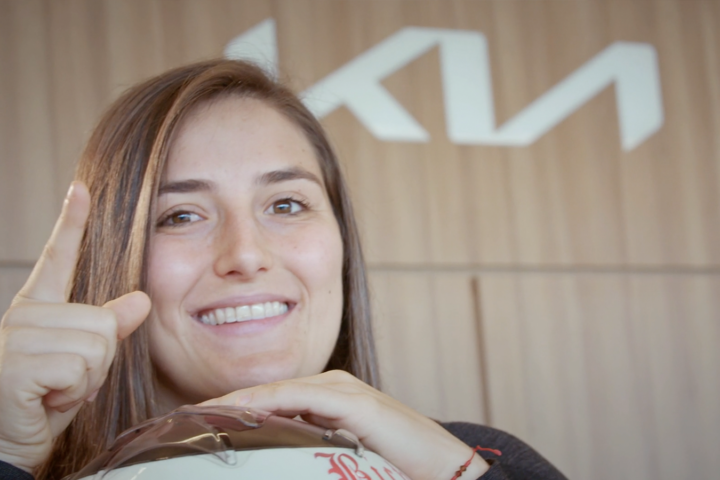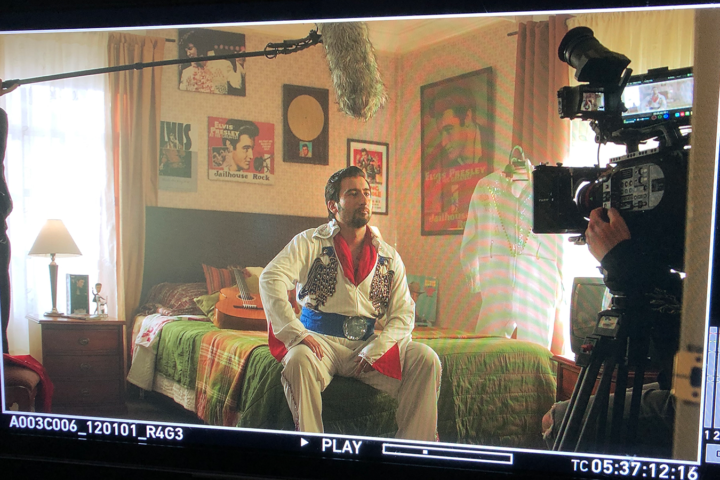THE MOST IMPORTANT THINGS TO CONSIDER BEFORE CARRYING OUT AN AUDIOVISUAL PROJECT
How is it done?
An audiovisual project starts with an idea, which takes its first steps during the pre-production phase; a stage that begins weeks and even months before saying action. It encompasses all the work done before a recording to ensure and determine the optimal conditions for execution. After the concept, it leads to a series of elements that guide it toward success.
What are those elements?
The Outline
Also called “Step Outline,” it shows the story as a whole, specifying each scene with its heading. In other words, it acts as the skeleton of the script and serves both to visualize the structure and the dramatic progression of the story, excluding the dialogues.
INT. BOARDROOM, DAY
The sound of JUAN’s (30) breathing can be heard as he flips through the pages.
Script
Now let’s talk about scripts, which can generally be defined as a written document containing all the indications required for the audiovisual project’s staging. However, you should know that there are various types, and here we will discuss the main ones:
Literary Script
As its name implies, it is the literary representation of an audiovisual project. It contains a narrative, specifies the actions and dialogues of the characters, and includes information about the settings and notes.
INTERIOR. Boardroom – Day
We find ourselves in the boardroom of a production company. JUAN (30, dressed in a suit and tie) is sitting, reviewing the details of what will be his new short film. JUAN looks bewildered at the presentation and runs his right hand over his head.
JUAN
I don’t understand anything!
PRODUCER
Calm down. What questions do you have?
JUAN
All of them.
Technical Script
This involves transcribing the shots of the scenes defined in the literary script, including technical indications such as shot division, framing for each, camera movements, lighting or decoration details, sound effects, sequence, and take. This script is directed at the entire technical team and serves as a basis for planning:
- Here, the director generalizes the narrative-expressive style.
- The producer uses it to break down, budget, and coordinate the shooting plan.
- The assistant director, along with the production team, uses it to establish the shooting schedule.
- Other technicians will use it to plan their tasks during recording.
| Scene |
Shot |
Framing |
Action |
Text |
Sound |
| 1 |
1 |
Wide shot of the boardroom, showing Juan. |
Person sitting and looking bewildered. |
JUAN |
|
| I don’t understand anything! |
|
|
|
|
|
| PRODUCER |
|
|
|
|
|
| Calm down. What questions do you have? |
|
|
|
|
|
| JUAN: |
|
|
|
|
|
| All of them. |
Loud breathing and pages turning. |
|
|
|
|
Storyboard
This is a complement to the technical script and can be seen as a graphic script, as it includes illustrations for each of the specified shots. In conclusion, the storyboard serves as a guide to the narrative of a story and allows for a pre-visualization of the outcome.
It’s important to know that while there is no defined model or template for storyboards, most models follow a similar structure divided into four sections:
- Script Information: At the top of a storyboard, there is information about the sequence, scene, location, and even the page number of the script being referenced.
- Drawing Space or Box: This is the area where the image is illustrated.
- Panel Description: A brief description of the image, usually found beneath the drawing box.
- Observations: At the bottom of the sheet, there is space for the illustrator to add comments or observations.
Script Information
Drawing
Description
Observation
And finally…
We want you to remember that pre-production involves extensive work, accompanied by processes, challenges, and more elements that we will be sharing with you soon.





